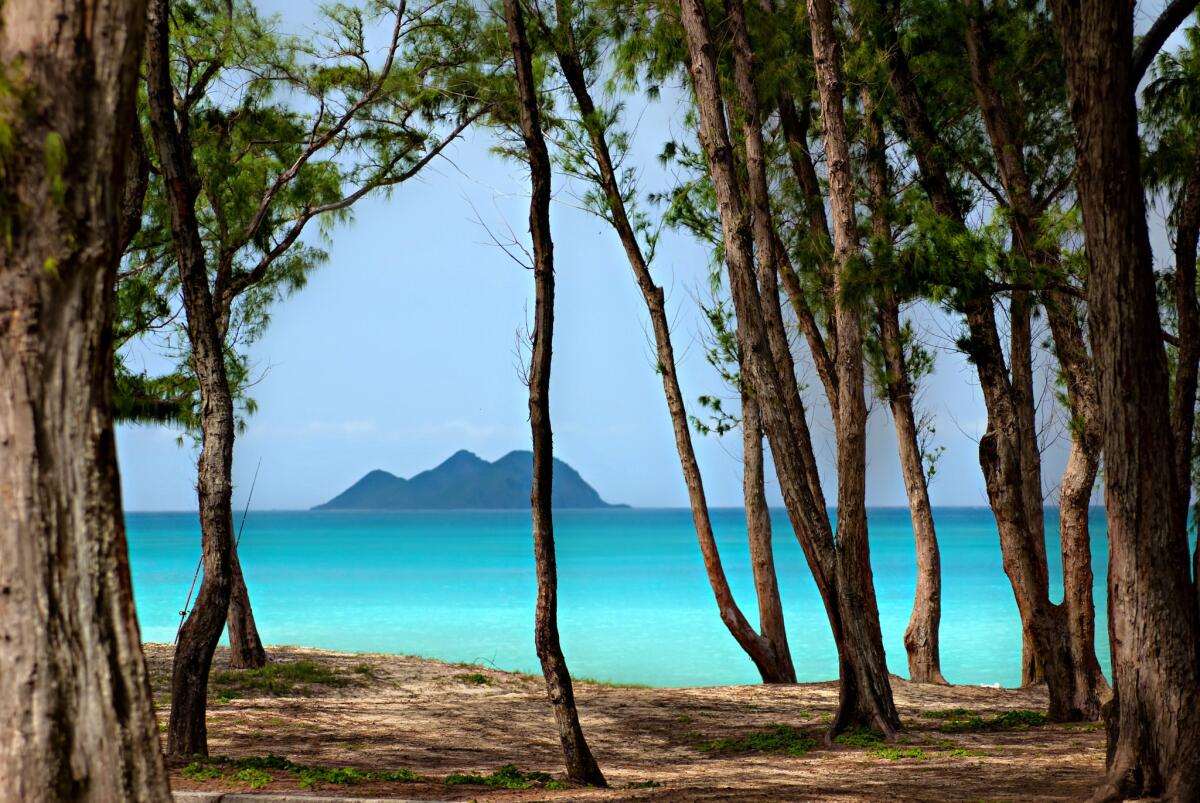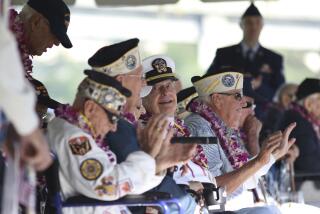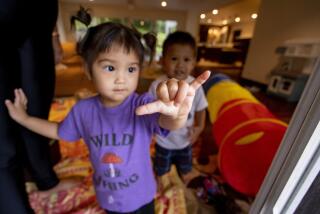Reflecting on Japanese history on Oahu’s Waimanalo Beach

Through the trees on the windward side of Oahu at Waimanalo Beach.
Oahu’s Japanese history is one of immigration, civil rights, war and commerce. And although no visit to the island is complete without remembering that past (partly by spending time at Pearl Harbor), there is another place to reflect without the crowds and have a swath of paradise to oneself.
In Honolulu I rented a motorcycle and rode east along the Kalanianaole Highway, passing Kawaikui, Hanauma Bay and Koko Head beach parks (saving these for a later visit with the family), and stopping at Waimanalo Beach, a 3-mile expanse of pristine sand and the bluest of Hawaiian waters. A chance encounter with a Hawaiian man and his grandson thrust me directly into the heart of history.
It was here in 1941, they told me, that Kazuo Sakamaki became the first Japanese prisoner of war captured by U.S. forces in World War II. Sakamaki, an ensign in the Japanese Imperial Navy, was part of the sea invasion of Pearl Harbor. He and another crew member were on a mini sub that broke down, drifting to Waimanalo Beach. The two sailors swam to shore; only Sakamaki survived and was taken prisoner. The sub was also captured.
His shame was so deep that he asked to be allowed to kill himself, but his request was denied and he spent the duration of the war in several POW camps on the mainland, returning to Japan a pacifist. He wrote a memoir with the U.S. title “I Attacked Pearl Harbor,” but otherwise lived quietly.
In 1991 at a historical conference in Texas, he saw his intact sub and was moved to tears, according to a story by the Honolulu Star-Bulletin.
He died in 1999.
On Waimanalo Beach, less than 40 minutes from Honolulu, I was humbled to find a little piece of paradise that shares a stage with a painful past.
More to Read
Sign up for The Wild
We’ll help you find the best places to hike, bike and run, as well as the perfect silent spots for meditation and yoga.
You may occasionally receive promotional content from the Los Angeles Times.






